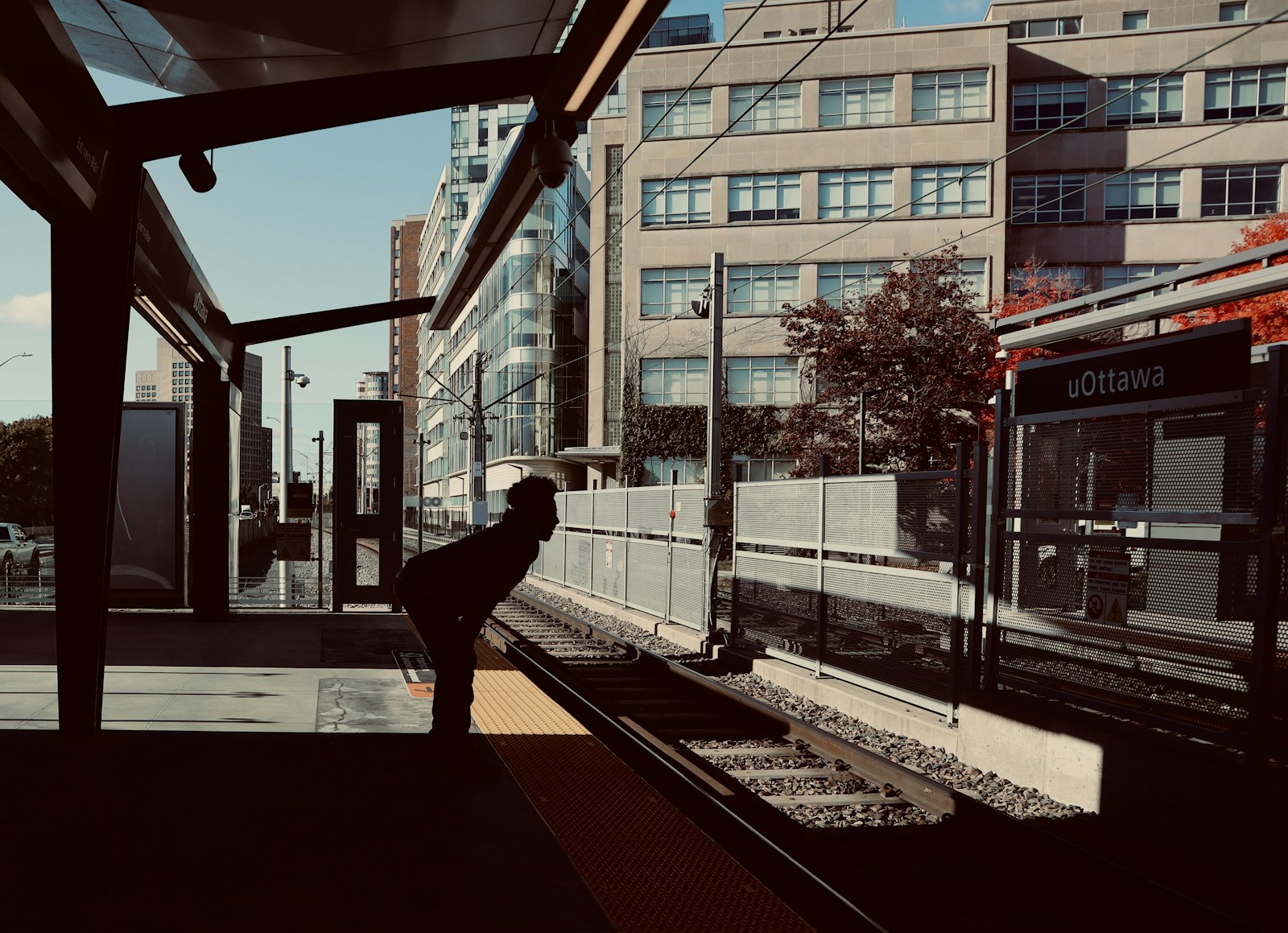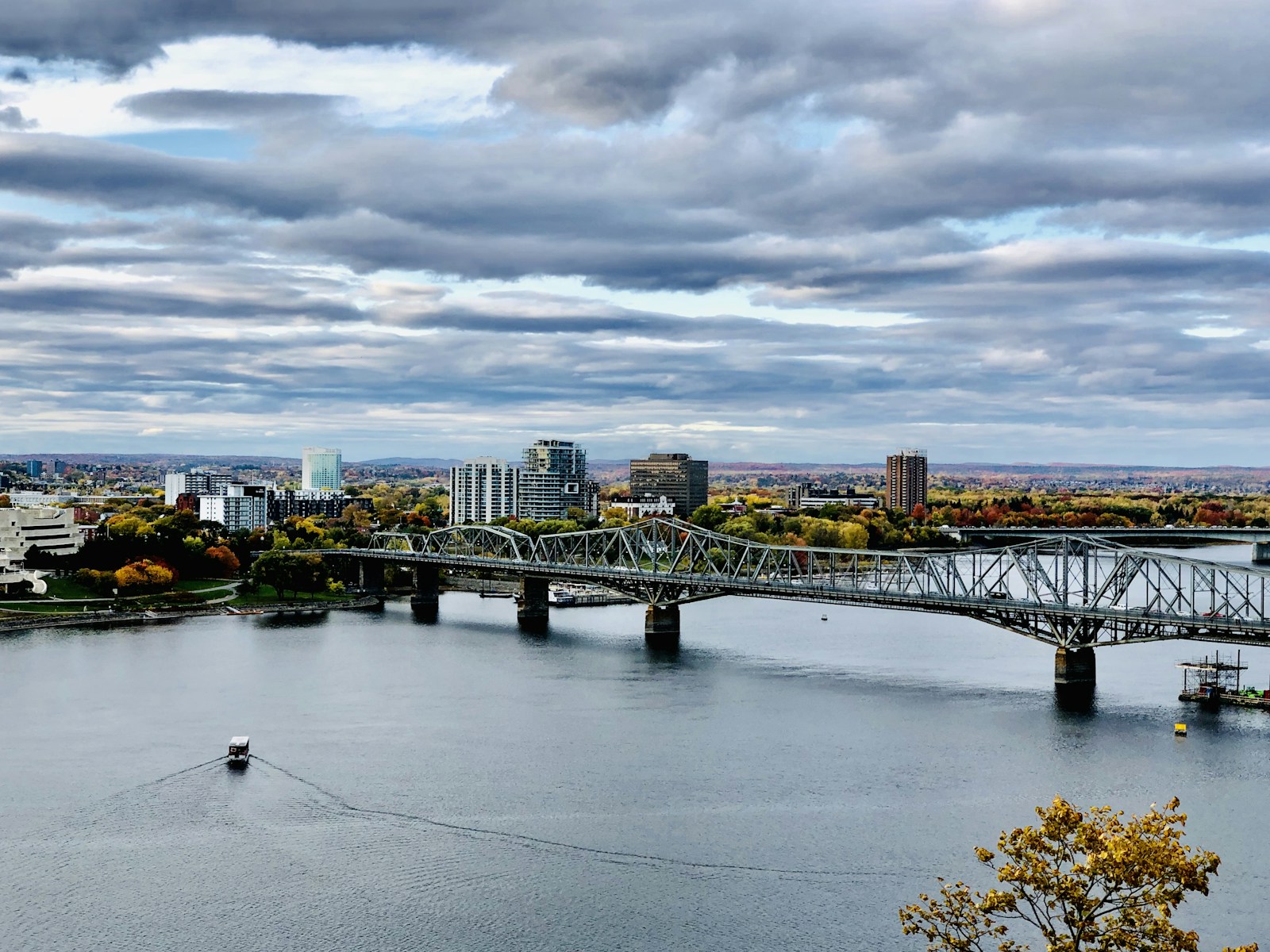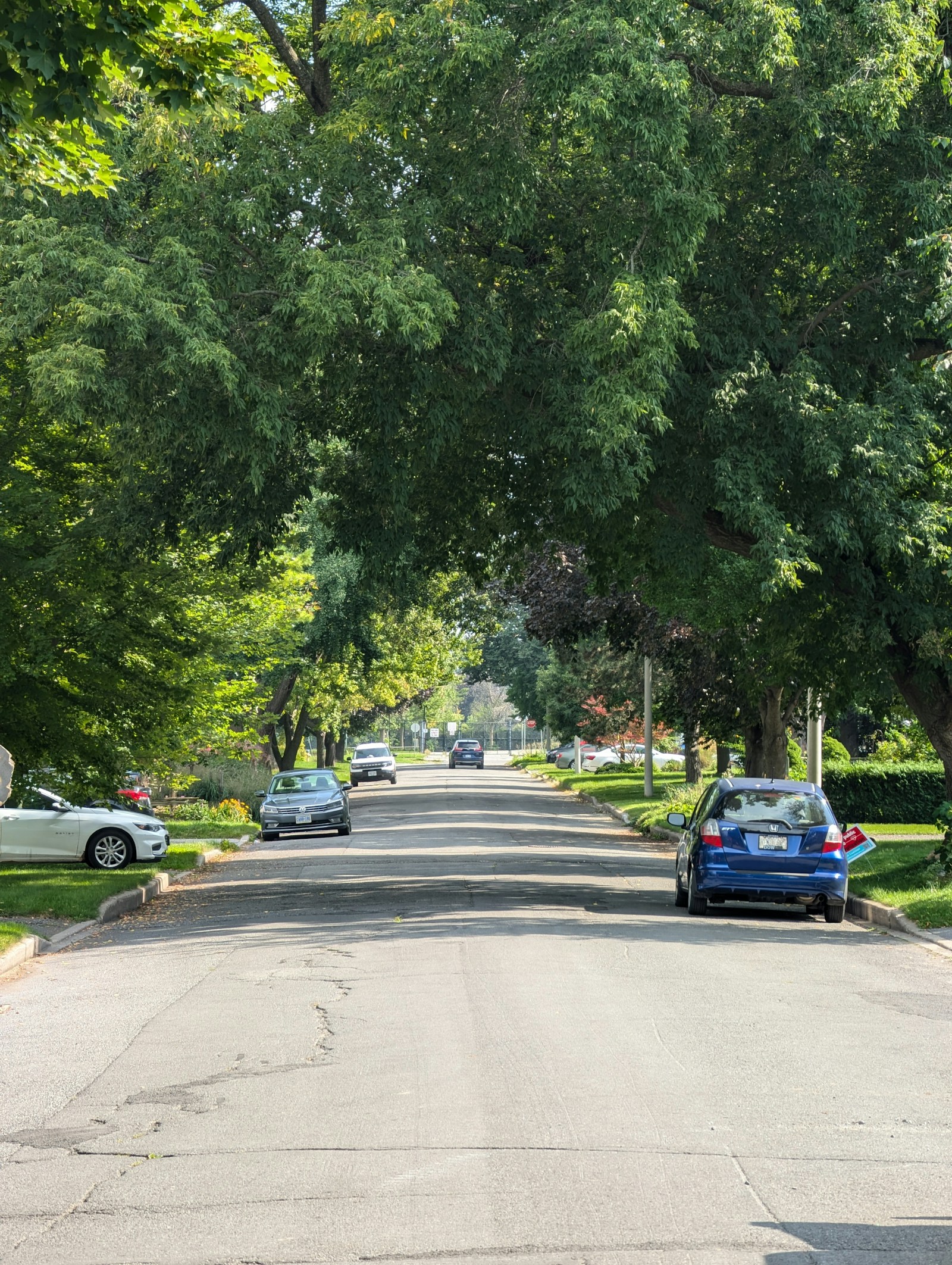Introduction – A New Job, A New City
Whether you're relocating for a position in the federal government, tech sector, or a national organization, Ottawa offers a unique mix of professional opportunity and high-quality living. But before you buy a home, it's important to understand the city’s layout, market trends, and lifestyle options—especially if you're new to the area. This guide is designed to help working professionals make a smooth, informed transition.
Why Ottawa Is a Top Choice for Work-Driven Moves
Ottawa continues to attract skilled professionals from across the country and beyond. Here's why:
Home to Canada’s federal government – A magnet for policy, legal, administrative, and bilingual professionals.
A growing tech sector – With hubs in Kanata, Bayview, and beyond, Ottawa has evolved into a high-tech capital.
Multilingual workforce – Ideal for English, French, and bilingual professionals.
Excellent public services – Healthcare, transit, and education are well-developed and accessible.
Work-life balance – Compared to cities like Toronto or Vancouver, Ottawa offers shorter commutes and a more relaxed pace of life.
Ottawa Neighborhoods to Consider Based on Your Workplace
For Downtown or Government Jobs
Centretown: Walkable, lively, and near Parliament Hill and government buildings.
The Glebe & Old Ottawa South: Stylish older homes, tree-lined streets, and a 10–15 minute commute to the core.
Sandy Hill: Close to the University of Ottawa and Rideau Centre; great for younger professionals.
For Tech & Engineering Roles
Kanata North: Ottawa’s Silicon Valley. Tech workers love its proximity to employers, modern housing, and family-friendly feel.
Stittsville: Quieter and suburban, yet close to the tech hub—ideal for those seeking more space.
Westboro & Hintonburg: Trendy and creative with direct LRT access and a vibrant community vibe.
For Remote or Hybrid Workers
Alta Vista: Spacious homes with office space and a central location.
Orleans: Great value, good transit, and large properties perfect for home-based work setups.
What to Know About Ottawa’s Real Estate Market in 2025
Balanced Market Conditions: Prices have stabilized, with modest growth in family-oriented suburbs and high demand for entry-level homes and condos.
Condos & Townhomes in Demand: Especially for first-time buyers or those looking for low-maintenance living near work.
Commuting Times: Average is around 20–30 minutes, but proximity to LRT lines can significantly reduce travel time.
Buying Tips for Relocating Professionals
Start with a Local Realtor
A real estate agent who understands relocation and Ottawa’s unique zoning and neighborhood dynamics will save you time and money.Rent First If Unsure
If your job is probationary or you’re unfamiliar with the area, consider renting for 6–12 months before buying.Check Transit Access
Ottawa’s LRT is expanding. Living near a future or current line may add long-term value and cut your commute.Prioritize Work-Life Balance
Choose a neighborhood that suits both your career and lifestyle—whether that’s walkability, green space, schools, or cafes.Review Employment Contracts
Some positions come with relocation assistance, housing stipends, or time constraints—know your benefits.
Frequently Asked Questions
Q: Is Ottawa a good city for professionals?
Yes. It offers stability, a strong job market, bilingual opportunities, and a variety of industries.
Q: Should I buy right away or rent first?
It depends. If you know where you'll be long-term and the job is secure, buying can be a smart move. Otherwise, renting gives you flexibility.
Q: Are government workers given priority in housing?
No. But their stable income often makes mortgage approval easier.
Q: Is the real estate market competitive in 2025?
Less so than in previous years. Balanced inventory and pricing make this a favorable time for buyers.
Q: Can I get a mortgage before arriving?
Yes—especially if your employment is confirmed. Pre-approval is essential before home shopping.
Q: Are there taxes or fees I should know about?
Yes. Budget for land transfer tax, legal fees, and moving expenses. First-time buyers may qualify for rebates.
Conclusion – Set Yourself Up for Success
Relocating for work can be exciting—but buying a home in a new city requires careful planning. With Ottawa’s strong job market, diverse neighborhoods, and manageable cost of living, it’s a fantastic place to settle down. By aligning your home purchase with your professional goals and lifestyle needs, you’ll build a foundation for success both at work and at home.










